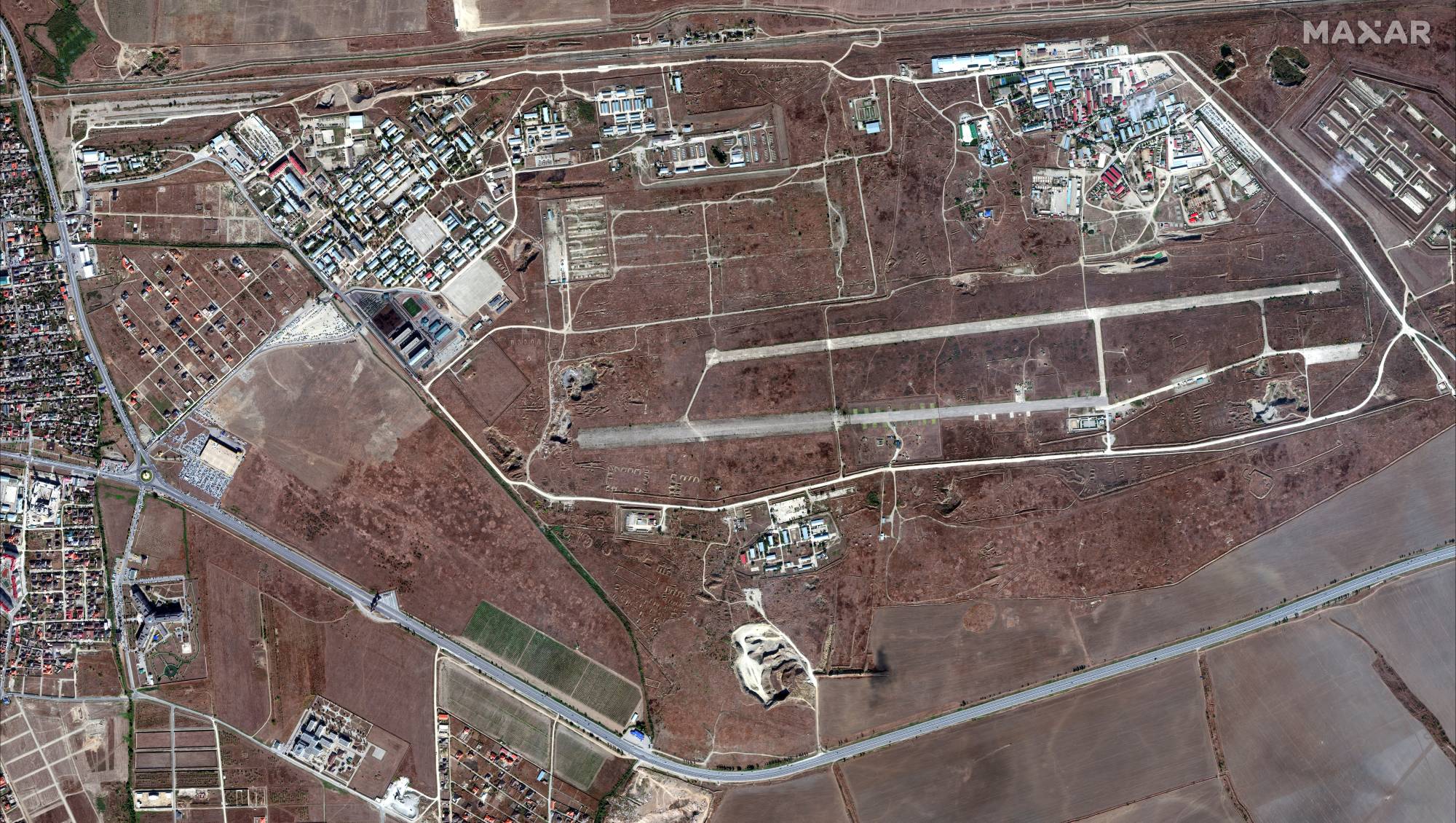Staring closely at the screen, Jordan Wright deftly picks out a barely distinguishable shape with his mouse, bringing to life a stark blue outline from a blur of overexposed features.
It’s a process similar to the automated tests that teach computers to distinguish humans from machines, by asking someone to identify traffic lights or stop signs in a picture known as a CAPTCHA.
Only in Wright’s case, the shape turns out to be of a Tupolev Tu-160, a supersonic strategic heavy bomber, parked on a Russian base. The outline — one of hundreds a day he picks out from satellite images — is training an algorithm so a U.S. intelligence agency can locate and identify Moscow’s firepower in an automated flash.



















With your current subscription plan you can comment on stories. However, before writing your first comment, please create a display name in the Profile section of your subscriber account page.